Description
GE IC698CHS009A 9-Slot I/O Rack: Your Industrial Control System’s Steady Foundation
You know how frustrating it is when your control system’s backbone can’t keep up with plant floor demands? This GE rack isn’t some flimsy shelf—it’s the workhorse holding together PACSystems RX3i setups in everything from Midwest auto plants to Texas chemical facilities. One thing I appreciate is how it handles vibration-heavy environments; I’ve seen these survive next to stamping presses where cheaper racks failed in months.
Why It Stays Running When Others Don’t
- Modular flexibility that actually works – Slot spacing prevents module overheating (a real headache in compact cabinets). Add I/O or comms cards without rewiring the whole rack.
- Vibration-tolerant mounting – Those anti-slip DIN rail clips? They’ve saved me from midnight calls at a bottling plant where conveyor tremors killed two competitor racks last year.
- Tool-free module retention – Swapping a failed CPU takes 90 seconds flat. No more fumbling with tiny screws during critical downtime.
- Passive cooling done right – The vent layout moves heat sideways, not downward. In my experience, this avoids the “stacked module oven effect” you get with some brands.
Technical Reality Check
| Spec | Details |
|---|---|
| Brand/Model | GE IC698CHS009A |
| HS Code | 8537109090 (Programmable controller chassis) |
| Power Requirements | Draws power from backplane (no external supply needed) |
| Dimensions & Weight | 178 x 130 x 120mm / 1.1kg (empty) |
| Operating Temp | -25°C to 70°C (derate above 60°C in enclosed cabinets) |
| Installation Method | Standard 35mm DIN rail (IEC 60715) |
Where You’ll Actually Use This
Think wastewater treatment plants where humidity hits 95% daily, or food processing lines needing quick washdown access. It’s not for outdoor exposure (IP20 rating means keep it in enclosures), but I’ve specified these in paper mills where steam and pulp dust would choke lesser racks. A customer in Ohio recently told me: “After switching from [redacted brand], our I/O fault logs dropped 70% in the coating line.”
Procurement Perks That Matter
Let’s be real—you’re not buying a rack for fun. It’s about avoiding $50k/hour downtime. This plays nice with legacy GE Fanuc modules (huge cost saver), and the 365-day warranty actually starts from ship date—not some fuzzy “activation” date. Payment’s straightforward: 50% upfront, balance before shipping. In-stock units ship in a week; worst case you’re waiting 4 weeks. FedEx/UPS/DHL options keep logistics simple.
Installation & Maintenance Reality
Mount it on standard DIN rail with 10mm clearance top/bottom—no fancy brackets needed. Avoid cramming it into NEMA 12 cabinets without airflow; I’ve seen modules cook at 65°C ambient when packed too tight. Maintenance? Wipe vents quarterly (dusty cement plants need monthly), check firmware via Proficy Machine Edition every 6 months. Skip calibration—these are passive backplanes—but verify module seating if comms drop suddenly.
Certifications That Hold Up
CE, UL 61010-1, and RoHS compliant—no nasty customs delays. GE’s warranty covers defects but not “oops I dropped it off a ladder” scenarios. From what I’ve seen, most failures trace to power surges, so pair it with a good line conditioner. Typically holds up for 10+ years if you respect its environmental limits.

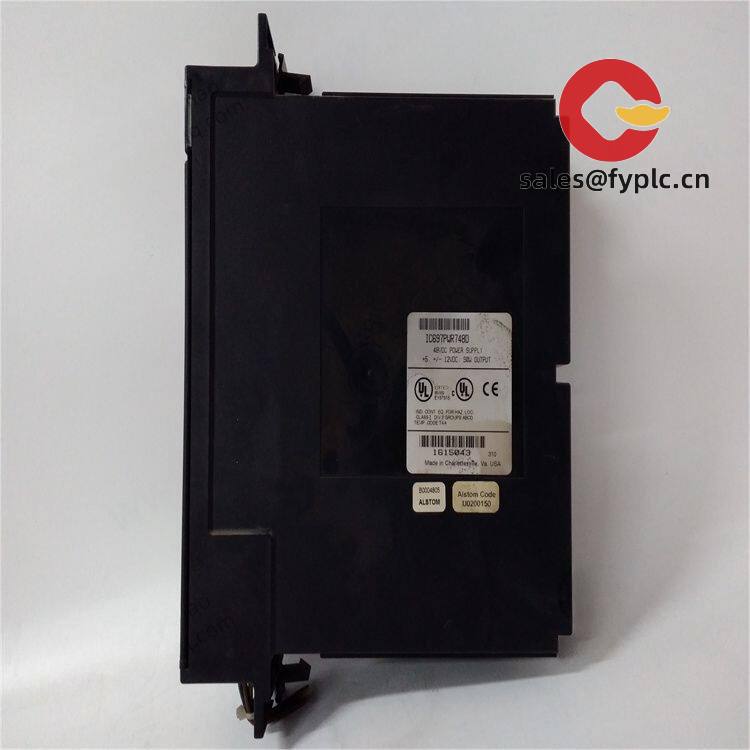


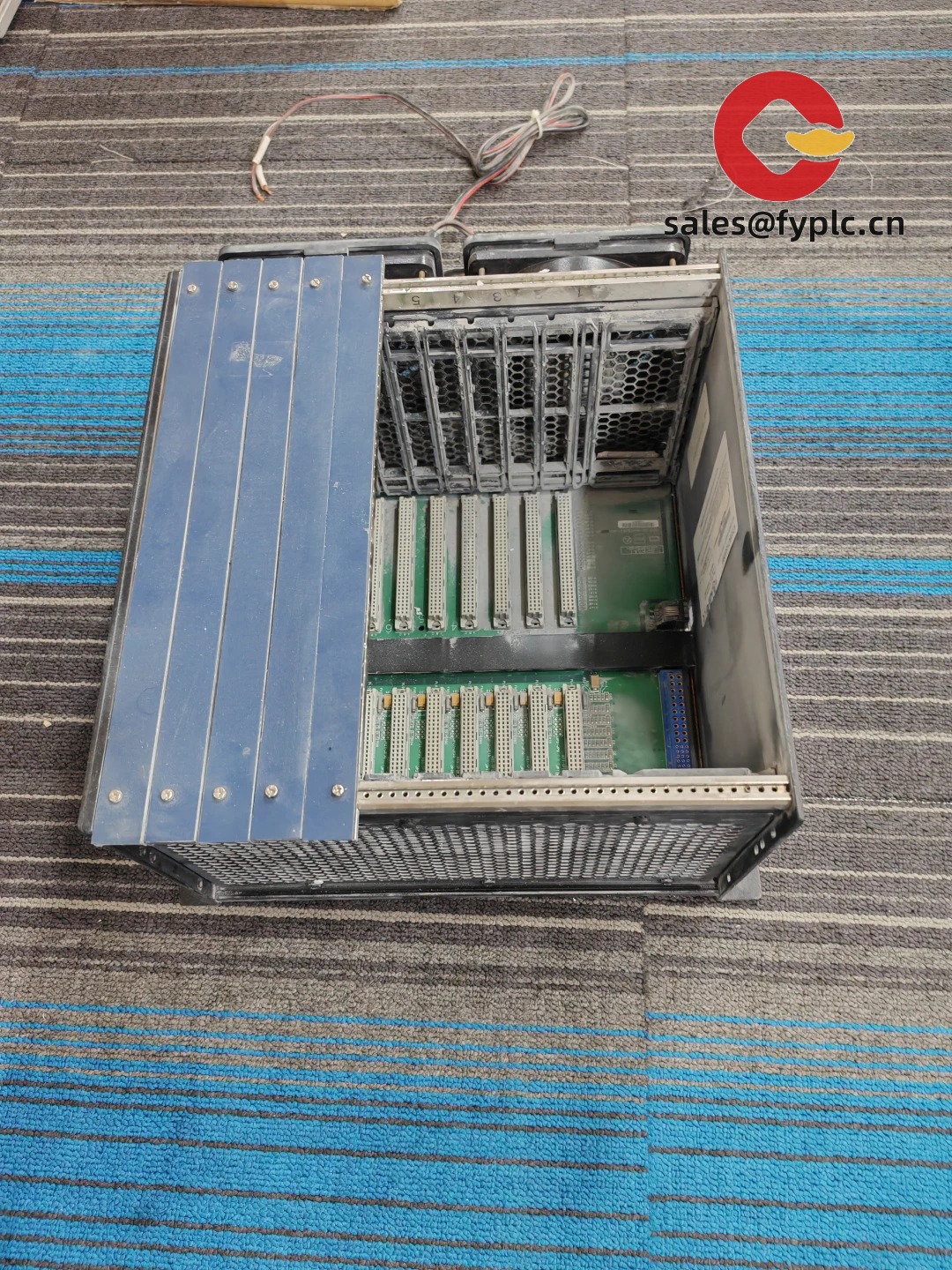

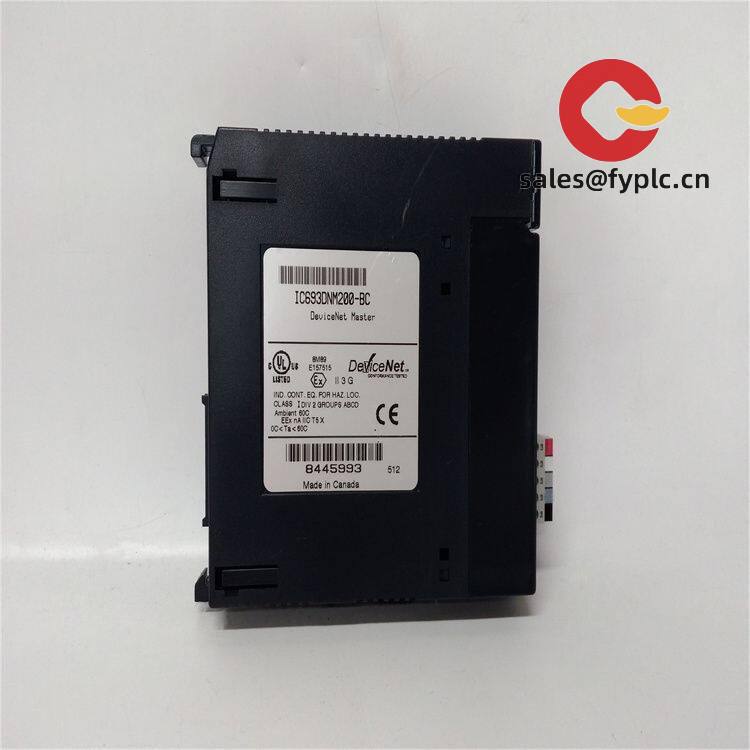
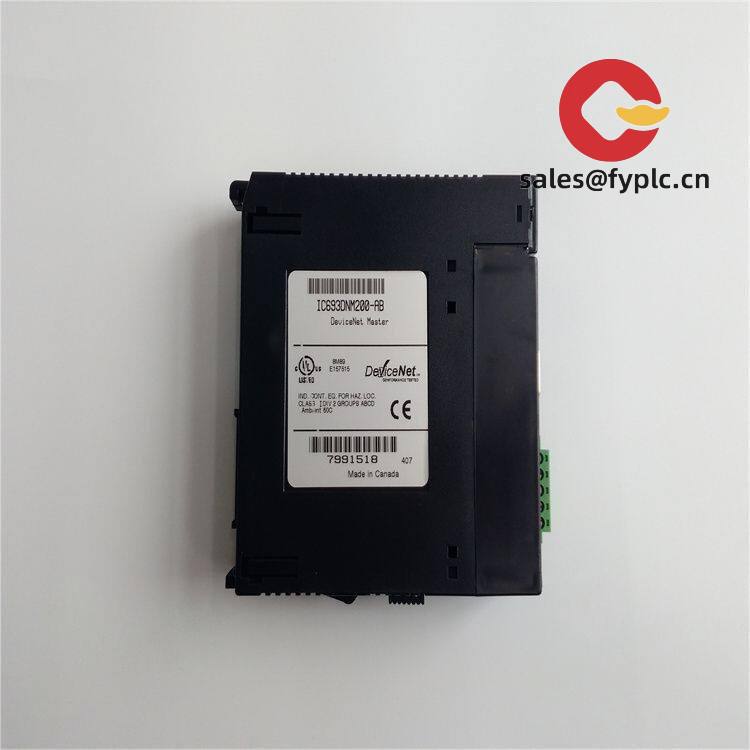
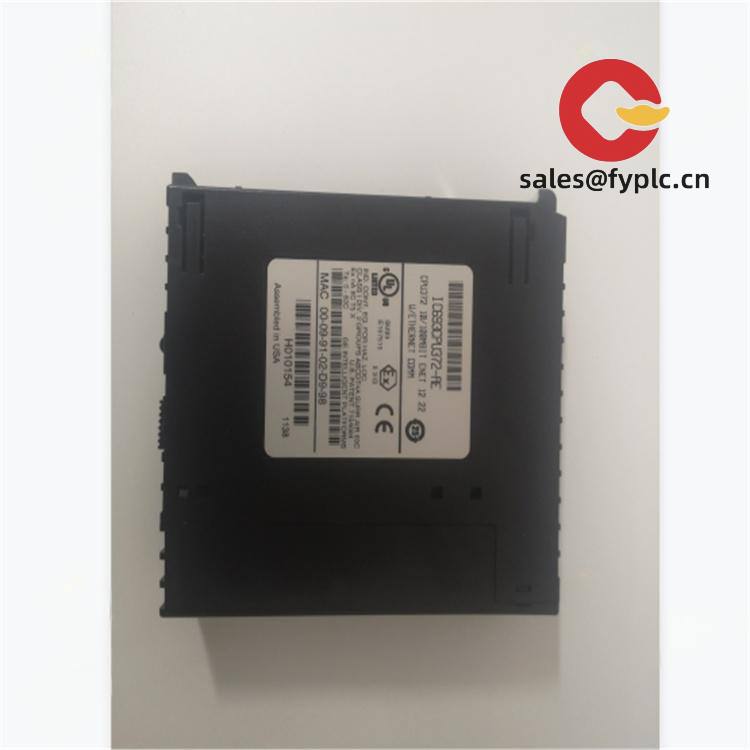


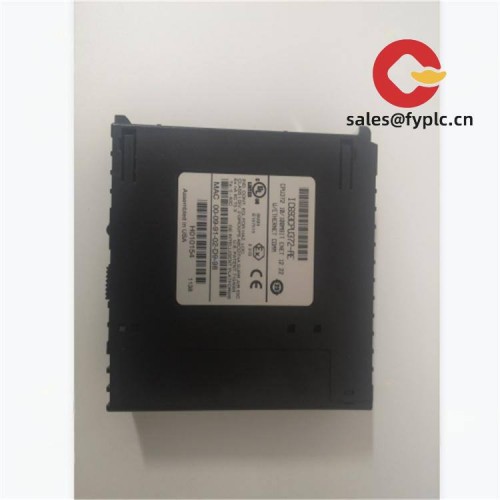
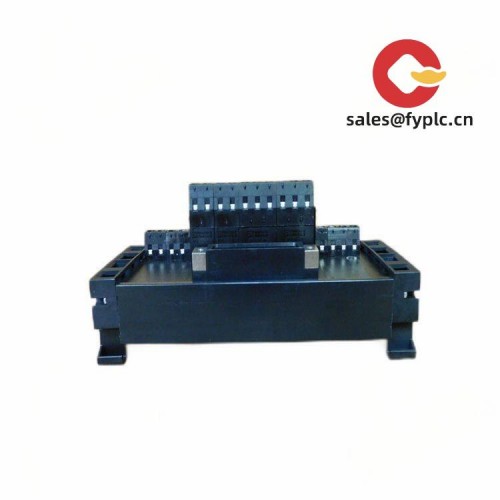
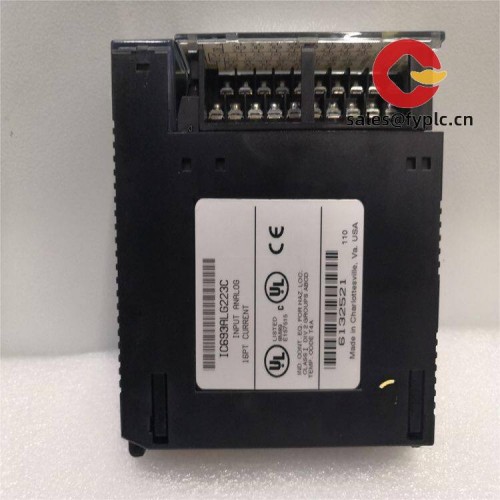


Reviews
There are no reviews yet.